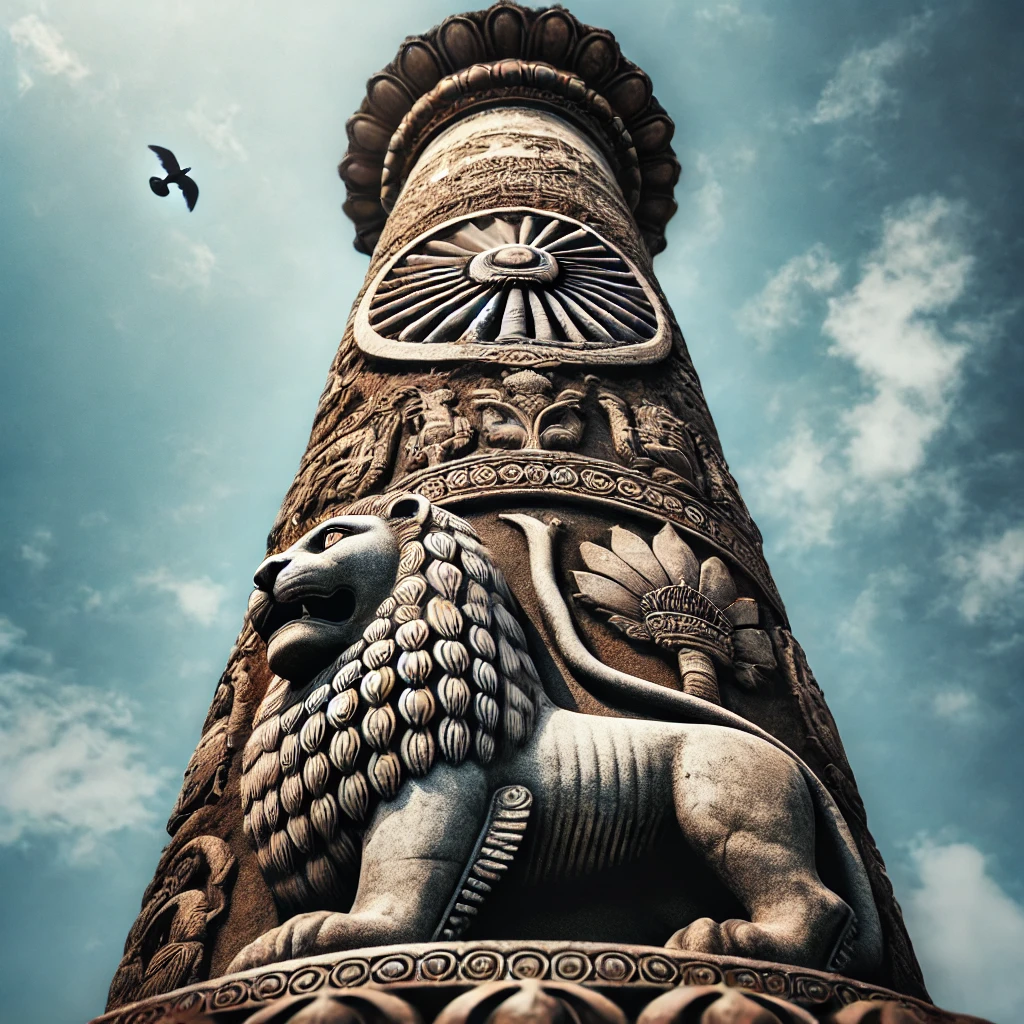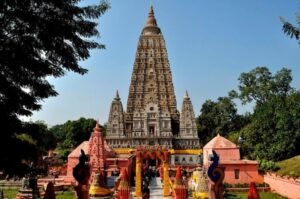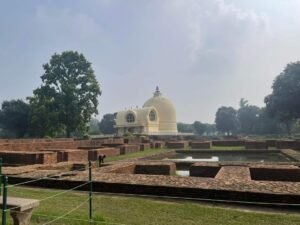The Timeless Legacy of Ashoka Pillars

A Symbol of Ancient Indian History Ashokas pillar
The Ashoka Pillars stand as a testament to India’s rich cultural and spiritual past. Built by Emperor Ashoka during the 3rd century BCE, these pillars are not just architectural marvels but also hold deep philosophical and historical significance.
The Ashoka Pillars at Rampurva
One of the most remarkable discoveries in West Champaran, Bihar, is the Rampurva Ashoka Pillars. These pillars, excavated near the Anoma River, date back to the time of Lord Buddha. One of the pillars has six edicts inscribed on it, carrying messages of morality, compassion, and righteousness.
Architectural Brilliance
Each pillar is crafted from a single piece of polished sandstone, standing tall and adorned with exquisite carvings. The Rampurva Pillars, in particular, feature:
- A lion capital (preserved at the Kolkata Museum)
- A Bull Capital (now displayed at Rashtrapati Bhavan, New Delhi)
- Engravings of a peacock and a bird
A Connection to Buddhism
Legend has it that Lord Buddha renounced his royal life on the banks of the Anoma River. Here, he shed his princely attire, cut his hair, and set forth on his journey to enlightenment. Emperor Ashoka, a devout follower of Buddhism, later commissioned these pillars to commemorate this significant moment.
The Global Impact of Ashoka’s Edicts
Ashoka’s inscriptions were the first official records of Buddhist teachings and ethical governance. His message of non-violence and justice continues to inspire people worldwide.
The Ashoka Pillars are more than just monuments—they are symbols of a glorious past, the pursuit of wisdom, and India’s enduring spiritual heritage.






1 thought on “The Ashoka Pillar”